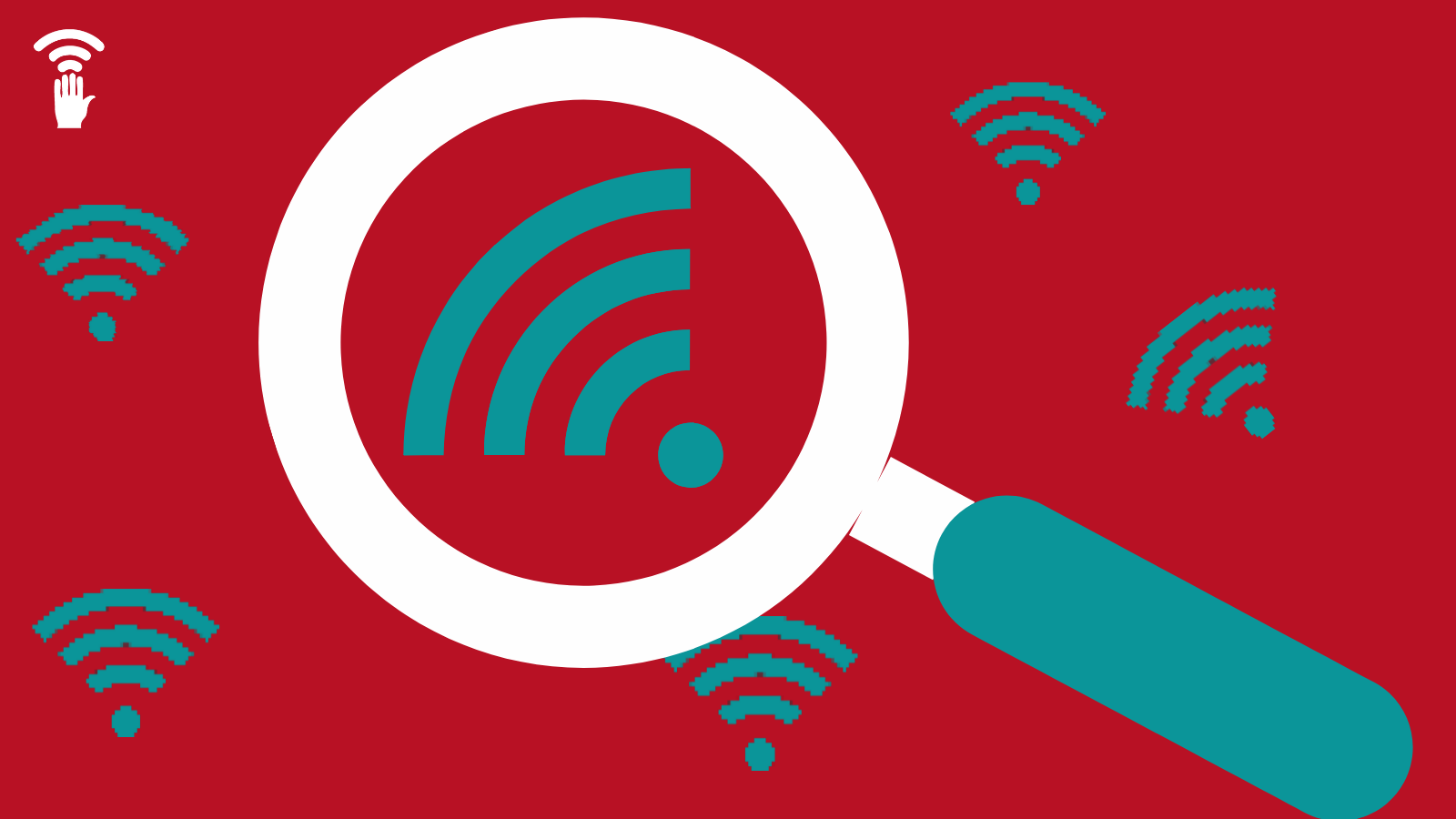NDIA Submits Comments to FCC on Increasing Transparency for Broadband Consumers

One aspect of the Infrastructure Investment and Jobs Act (IIJA) that isn’t often talked about is Congress’ goal to make broadband pricing more transparent for consumers. Clear information about the price consumers can expect to pay and the type of service they can expect to receive helps consumers make informed decisions.
For decades, it’s been incredibly hard to compare prices for broadband service between providers (assuming one has a choice), and consumers are left to dissect complicated jargon and pricing plans on their own. The IIJA aims to change that by directing the Federal Communications Commission (FCC) to create requirements for internet service providers to display Broadband Consumer Labels.
The FCC adopted rules last fall but simultaneously asked for more comments on how to make the labels useful. In our comments to the Further Notice and in our reply comments, we advocated for a streamlined and comprehensible label that is easy to understand for both NDIA affiliates (organizations providing digital inclusion services) and the consumers they serve. We also offered guidance on the optimal format for the label, taking into account how to balance consumers’ need for information against the potential to overwhelm them.
NDIA’s Recommendations on Broadband Labels
The Commission should include speed and latency information to help consumers understand what they can expect to experience if they subscribe to a service. Variations in the quality of service should be described on the broadband label, allowing consumers to understand non-trivial differences in quality service metrics, such as speed and latency.
The information about potential discounts should be itemized and include clear explanations of eligibility and duration, allowing consumers to easily discern which discounts may be applicable. Further, itemizing bundled offerings, including all internet-related prices and fees, will enable consumers to make informed value judgments on plans offered by different providers.
The FCC should routinely revisit the label content and format and initiate user experience research no later than one year after the labels become public. The Commission needs to prioritize the accessibility and digestibility of their labels, assuring that needed alterations occur effectively.
The FCC should seek the expertise of digital inclusion practitioners and digital navigators to understand the label’s impact on consumer decision-making and conduct routine user experience testing to learn how consumers interact with the labels. Before making future label iterations, the Commission should conduct research using human-centered design frameworks, such as direct observation methods and think-aloud user testing.
The Commission should require internet service providers to submit the labels to the Commission and display the label at the point of sale, allowing the FCC to operate as a repository for this information for auditing and research purposes. The FCC should then make the entire database available to digital inclusion practitioners, researchers, and the public.
What’s Next?
Once the Office of Management and Budget reviews and approves the final rules, most service providers will have six months to make their labels accessible to consumers, and service providers with fewer than 100,000 subscribers will have one year. We’ll likely begin to see the labels appear in the fall or early winter of 2023, and we’ll update the community when we learn more.
Read our comments to the Further Notice and our reply comments.
